Vision training for aiming significantly improves accuracy and consistency in sports and activities requiring precise targeting. This article will explain the core principles of vision training for aiming, detailing specific exercises and techniques. We’ll also explore how to integrate vision training into your overall practice routine.
⚠️ Still Using Pen & Paper (or a Chalkboard)?! ⚠️
Step into the future! The Dart Counter App handles all the scoring, suggests checkouts, and tracks your stats automatically. It's easier than you think!
Try the Smart Dart Counter App FREE!Ready for an upgrade? Click above!
Many factors influence aiming accuracy, and vision training plays a crucial role. It’s not just about seeing the target; it’s about processing visual information quickly and efficiently, adapting to changing conditions, and maintaining focus. By understanding the techniques involved in vision training for aiming, you can dramatically improve your performance.
Vision Training for Aiming: Enhancing Your Precision
Effective vision training for aiming goes beyond simple eye exercises. It’s a holistic approach focusing on various visual skills that directly impact your ability to accurately hit your target. This includes improving peripheral vision, enhancing depth perception, and sharpening focus. This multifaceted approach is especially crucial for sports like archery, shooting, and darts, but its principles are applicable to many other activities.
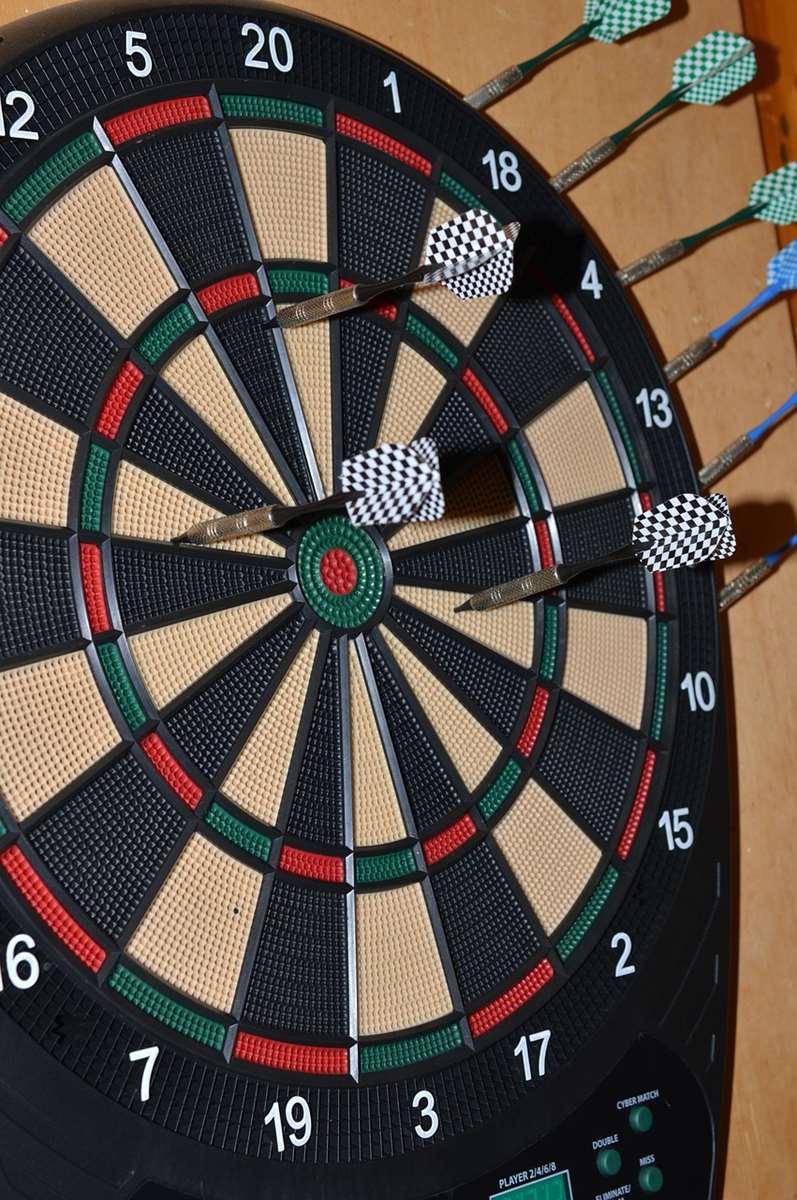
Think about the mechanics of aiming: you process visual information from the target, your body position, and the surrounding environment. You then use this information to adjust your posture and execute the movement. Any weakness in this visual processing chain can lead to inaccuracies. Vision training directly addresses these weaknesses, making the entire aiming process smoother and more effective. Consider how crucial proper vision training for aiming is for even seemingly simple tasks like throwing darts. Even slight improvements in visual processing can translate to noticeable gains in accuracy.
Understanding Visual Skills for Aiming
To succeed with vision training for aiming, it’s essential to understand the key visual skills involved:
- Visual Acuity: This refers to the sharpness of your vision. Improved acuity helps you clearly see the target and its details.
- Peripheral Vision: A wide peripheral vision allows you to monitor your surroundings and maintain awareness of your body position relative to the target.
- Depth Perception: Accurate depth perception is vital for judging distances and aligning your aim correctly, especially important in 3D aiming scenarios.
- Eye-Hand Coordination: This is the synchronization between your visual input and your motor actions. Strong eye-hand coordination ensures smooth, precise movements.
- Focus and Concentration: Maintaining consistent focus on the target and minimizing distractions is paramount for accurate aiming.
Practical Vision Training Exercises
Now let’s delve into some practical exercises you can incorporate into your vision training for aiming routine. These exercises target the specific visual skills discussed above and are designed to be easily implemented in your daily life or training sessions. Remember consistency is key; regular practice yields the best results.
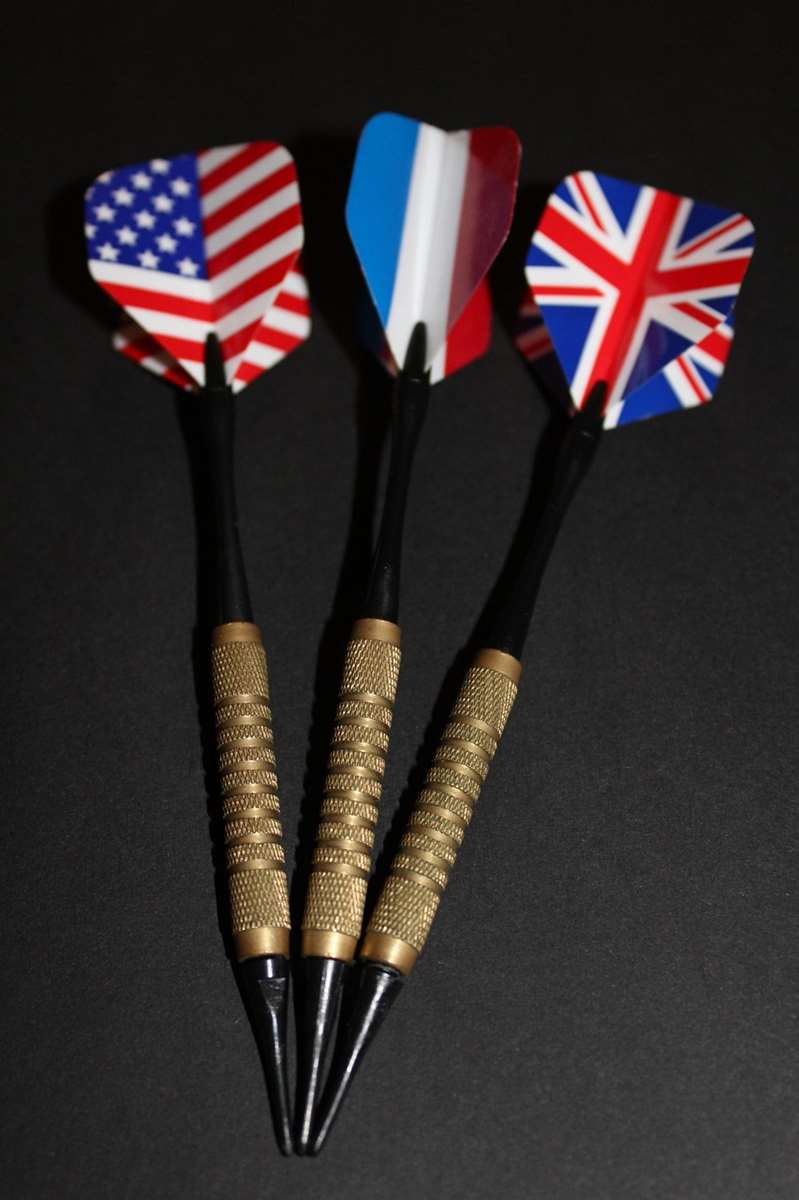
Here are a few examples of effective exercises:
Exercise 1: Target Fixation and Peripheral Awareness
Find a target at a distance (a dartboard, a bullseye, etc.). Focus intently on the center of the target. Then, without shifting your gaze from the center, try to identify objects in your peripheral vision. Gradually increase the distance and complexity of the objects you identify.
Exercise 2: Dynamic Depth Perception Training
Use objects at varying distances, such as stacked cones or markers. Try to judge the distance accurately and throw something small (like a beanbag) at the objects. Gradually increase the distance between you and the objects, increasing the challenge of accurate depth perception.
Exercise 3: Eye-Hand Coordination Drills
Simple activities like catching a ball or playing catch can significantly improve eye-hand coordination. Try to increase the speed and difficulty of the throws to challenge your visual tracking and reaction time. There are also many computer games and apps designed to enhance hand-eye coordination. You can even apply these principles to a sport like darts; regular practice improves hand-eye coordination, increasing your accuracy over time. Consider reading more about training volume for dart tournaments and how to optimize your practice.
Exercise 4: Focus and Concentration Improvement
Practice mindfulness exercises. Meditation can help you improve your ability to focus and concentrate, which translates directly to more focused aiming. Incorporate activities that require sustained concentration into your routine to improve your focus.
Integrating Vision Training into Your Routine
Integrating vision training for aiming into your existing practice schedule is crucial for consistent improvement. Don’t treat it as a separate entity; instead, weave it into your regular routine. Consider dedicating 15-20 minutes a day to focused vision training exercises. Gradually increase the duration and intensity of your training as your skills improve.
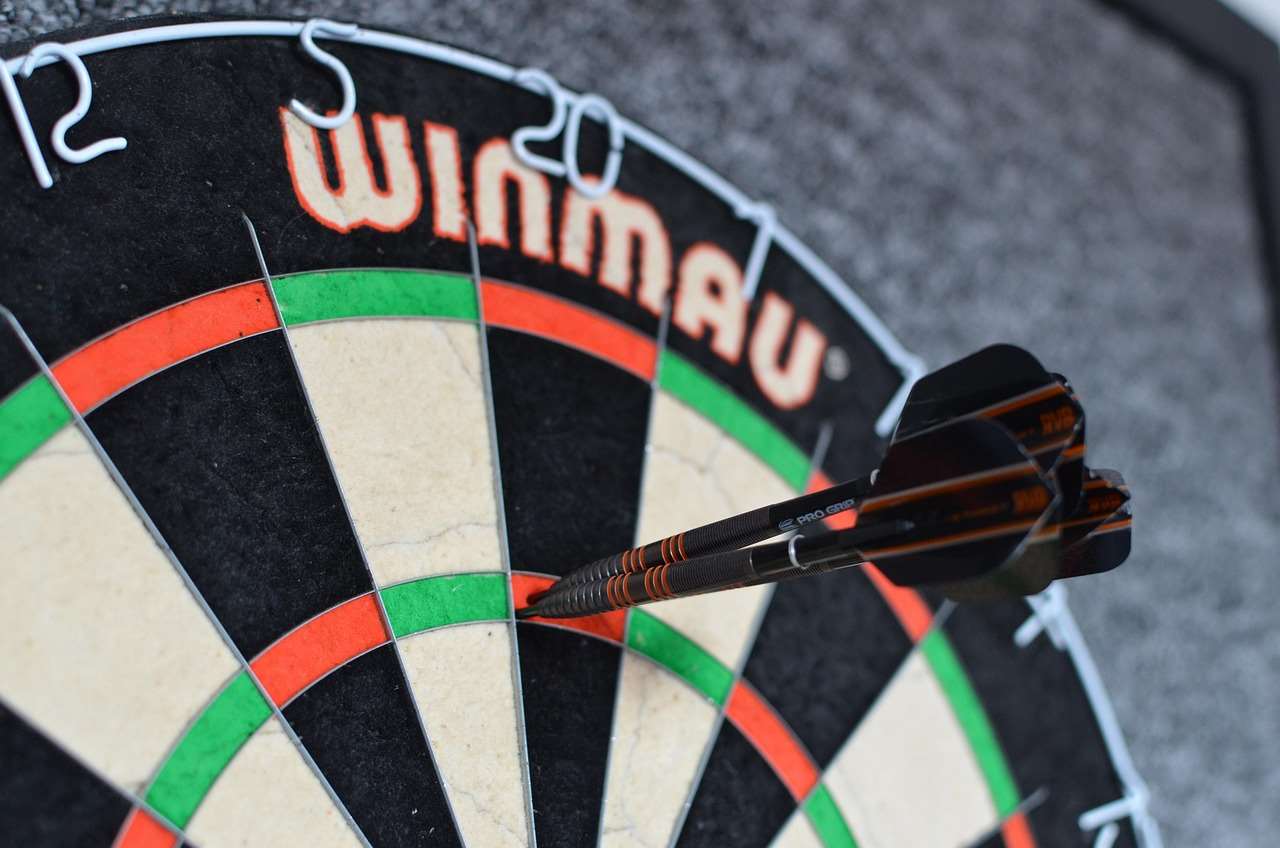
Remember that vision training for aiming is a continuous process. Regular practice is key to achieving significant improvements. You should also consider the importance of proper posture and ergonomics and injury risk to avoid injuries during training and competition. Consistency in your training and a holistic approach will lead to optimal results. For example, consider how Darts Fitness Health can complement your vision training.
Moreover, be mindful of your overall physical and mental state. Fatigue management for long matches is just as crucial as vision training. A tired mind and body negatively impact accuracy. The proper dart injury prevention principles should be followed as well.
Advanced Vision Training Techniques
Once you’ve mastered the basic exercises, you can explore more advanced techniques. These advanced techniques can further refine your aiming precision and reaction time. These techniques typically involve specialized equipment and professional guidance.
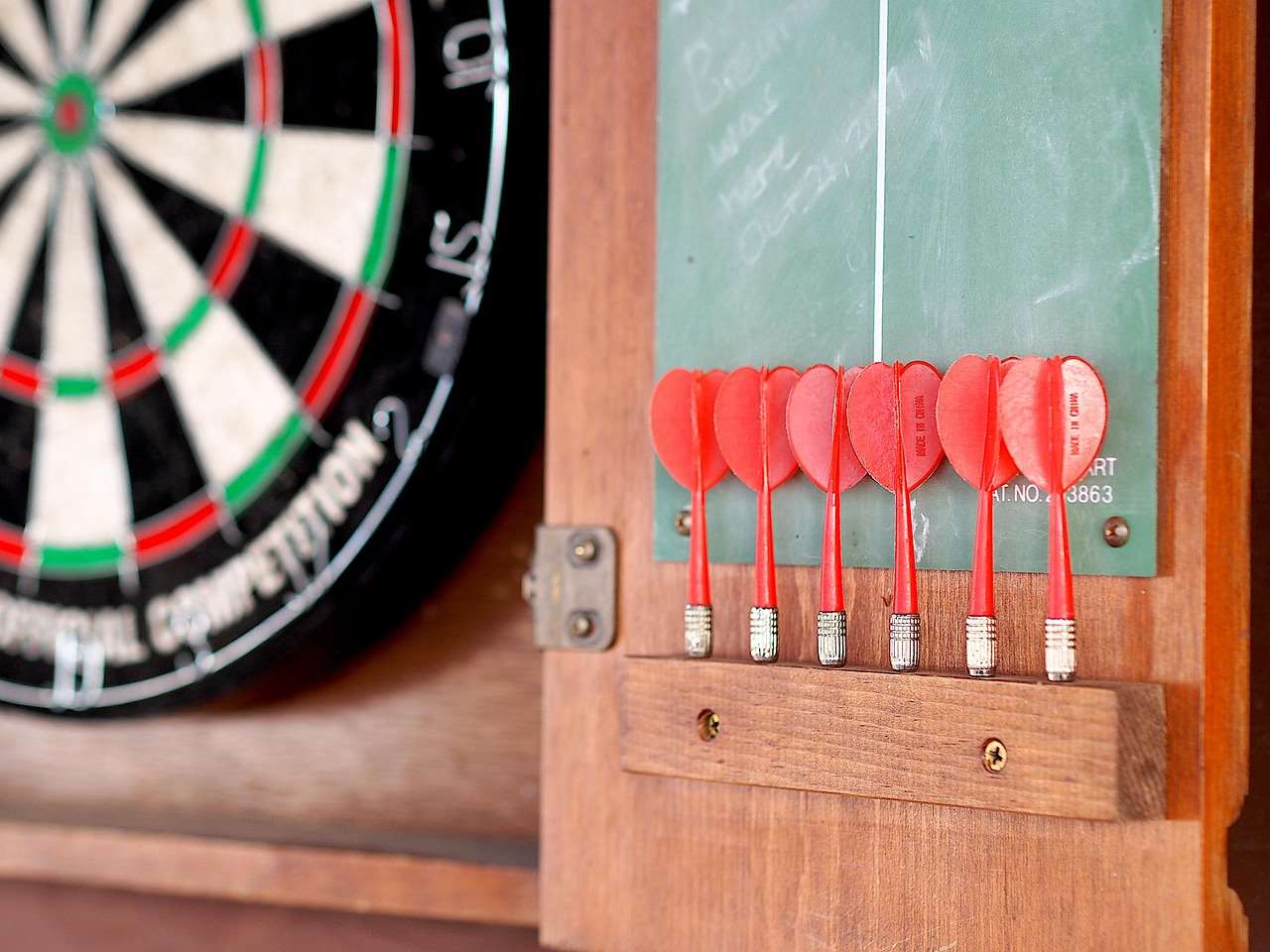
Some advanced techniques include using specialized vision training software, employing visual stimulation devices, or working with a vision therapist. These tools and professionals can create tailored training programs to address specific visual weaknesses and optimize your performance. However, it’s recommended to start with the basic exercises and only move to advanced techniques once you have a solid foundation.
The Role of Technology in Vision Training
Technology is revolutionizing vision training for aiming. Many apps and software programs are now available, offering interactive exercises and personalized training plans. These tools provide precise feedback on your performance, helping you identify areas for improvement. Using these advanced technologies can streamline and enhance your vision training significantly.
Furthermore, consider integrating cross-training methods to improve your overall consistency. Cross training for consistency can help reduce overuse injuries and boost performance. Remember to incorporate rest days to avoid burnout and ensure your body recovers properly. Also, building endurance for darts is crucial for maintaining peak performance throughout longer matches.
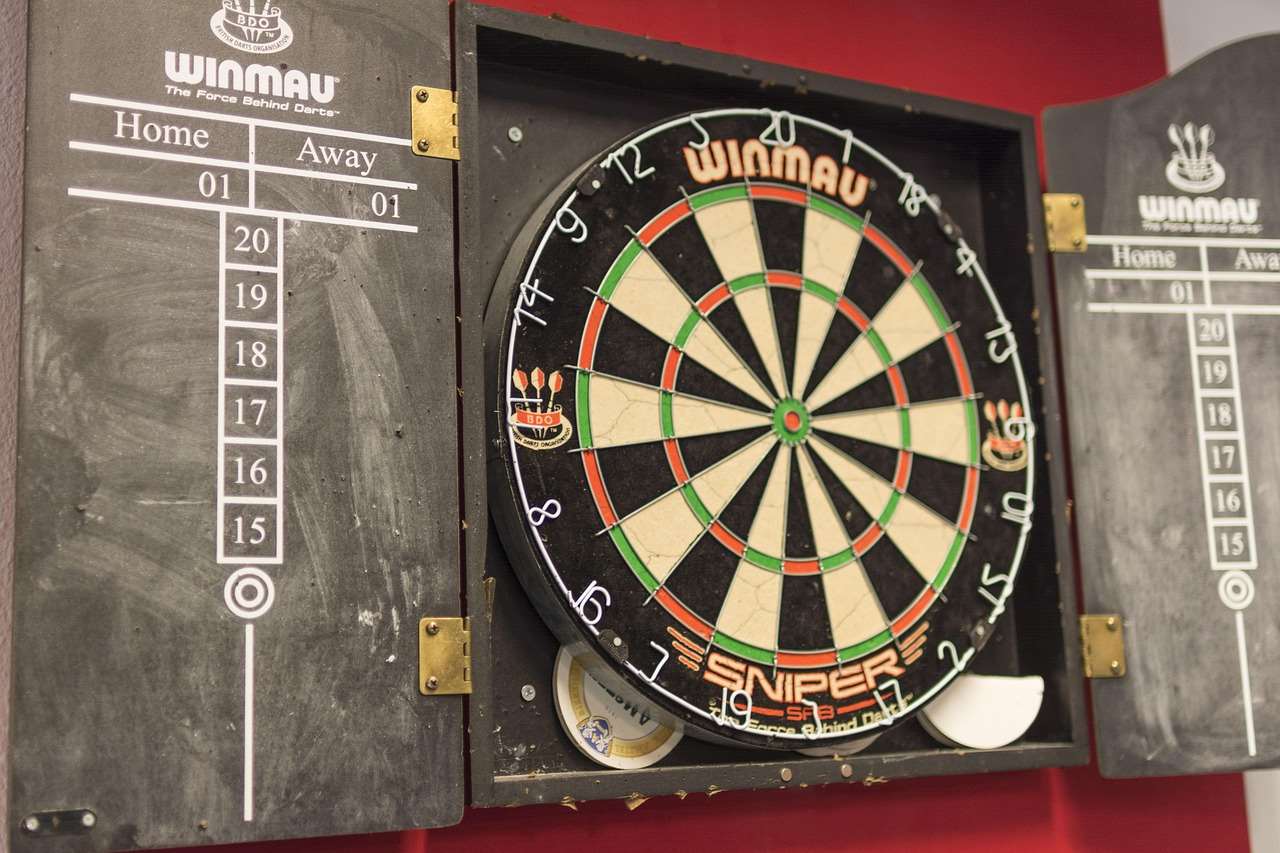
However, remember that technology should supplement, not replace, fundamental training practices. Combining technological advancements with consistent practice and a sound understanding of the underlying principles remains the most effective approach to improving your aim.
Conclusion
Vision training for aiming is a crucial component of achieving peak performance in any activity requiring precision. By consistently practicing the exercises outlined in this article and understanding the key visual skills involved, you can significantly improve your accuracy and consistency. Remember to start with the basics, gradually incorporate more advanced techniques, and always listen to your body. Combine your vision training with a healthy lifestyle, regular practice, and proper rest for optimal results. For more information on injury prevention, check out our comprehensive dart injury prevention guide and learn about the benefits of dart support braces for added wrist stability. You’ll be amazed by the improvements you can achieve through dedicated vision training for aiming.
Hi, I’m Dieter, and I created Dartcounter (Dartcounterapp.com). My motivation wasn’t being a darts expert – quite the opposite! When I first started playing, I loved the game but found keeping accurate scores and tracking stats difficult and distracting.
I figured I couldn’t be the only one struggling with this. So, I decided to build a solution: an easy-to-use application that everyone, no matter their experience level, could use to manage scoring effortlessly.
My goal for Dartcounter was simple: let the app handle the numbers – the scoring, the averages, the stats, even checkout suggestions – so players could focus purely on their throw and enjoying the game. It began as a way to solve my own beginner’s problem, and I’m thrilled it has grown into a helpful tool for the wider darts community.